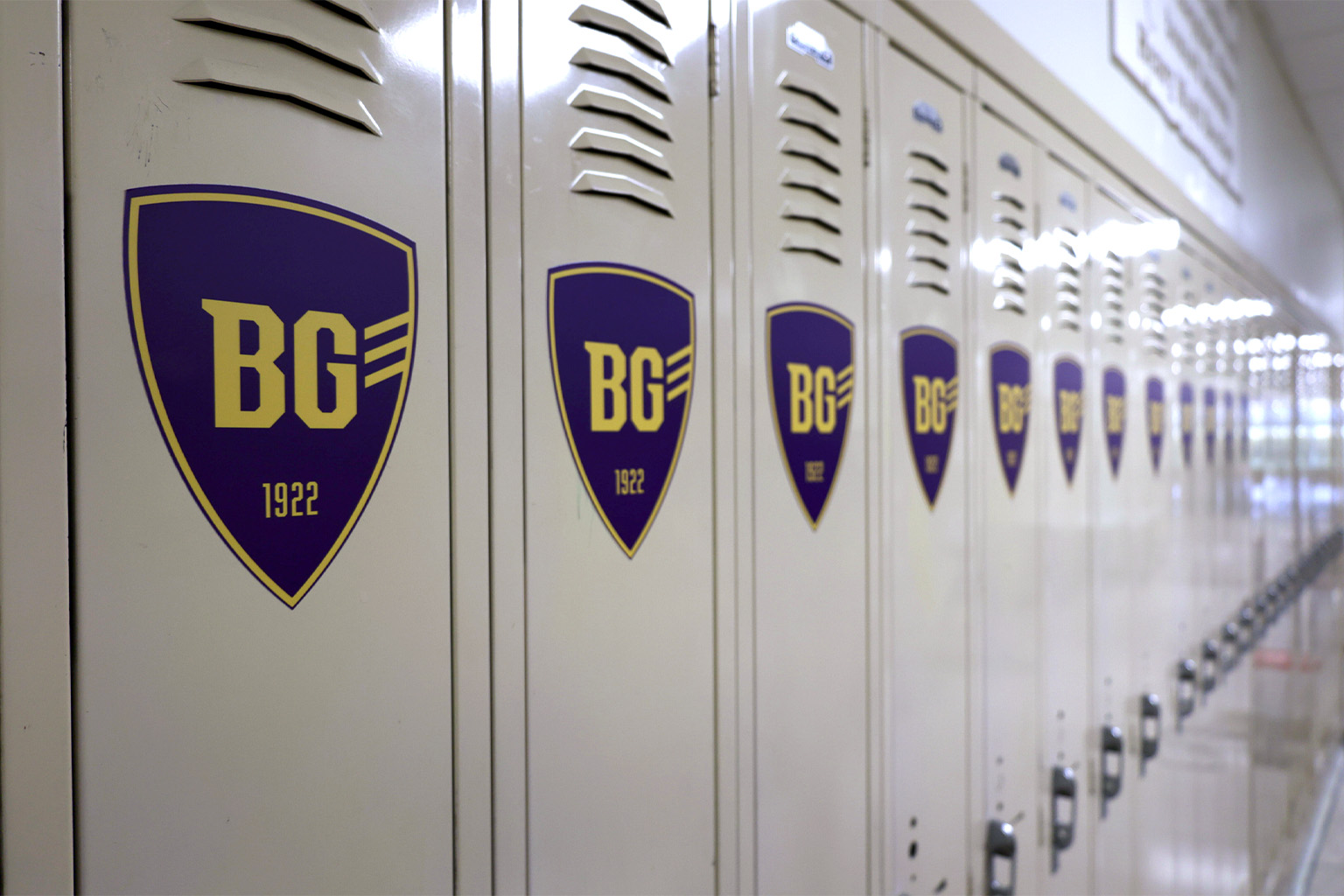Your school already has a brand; the question is whether it is intentional. Branding is not just your logo or school colors; it is the full experience families associate with your name. It is how you’re perceived when someone hears about your school for the first time; it is the feeling they get when they scroll through your website or visit your campus.
In a crowded educational market, strong branding helps schools stand out. It makes you memorable, builds trust before the first conversation, and creates consistency across every touchpoint — from social media posts to enrollment packets.
If your school wants to attract more of the right families and present itself with clarity and confidence, start with these foundational elements of branding.
Clarify Your School’s Core Message
Before diving into visuals or taglines, get clear on what your school stands for. What makes it different from others in your area? Why do families stay year after year? What do your best teachers, students, and parents all have in common?
Your message should go beyond academics or facilities. It should reflect your values, your approach to education, and the type of community you offer. A clear brand message answers questions like:
- What kind of experience can families expect?
- What outcomes do students achieve here?
- What does your school believe in?
Try to summarize your school’s brand in one or two simple statements. For example:
- “We help students build confidence through personalized learning.”
- “Our school is a second home; rooted in faith, leadership, and lifelong friendships.”
Once you define this core message, it should guide everything else — your website copy, your emails, your social content, and the way your staff talks about your school on tours.
Develop a Visual Identity That Matches Your Mission
Your school’s visual identity is often the first thing people notice — your logo, colors, fonts, and even the way your photos are edited. These elements create a tone; they shape how people feel about your school before they read a single word.
To build a strong visual identity:
- Use consistent fonts and colors across all materials
- Choose a logo that is clean, scalable, and timeless
- Avoid clutter; simplicity makes you look polished and modern
- Use photography that reflects the real faces, spaces, and energy of your school
A school that values tradition might use classic fonts and a rich color palette; a school focused on innovation might use bright colors and modern sans-serif typography.
Whatever your tone, make sure every visual element supports the message you want to communicate. Consistency builds familiarity; familiarity builds trust.
Align Your Voice and Tone Across All Channels
Your brand is not just how you look; it is how you sound. The voice and tone of your communication play a big role in how people experience your school.
Is your tone formal or conversational? Warm or matter-of-fact? Fun or focused? There is no right or wrong; it just needs to match your school’s identity.
For example:
- A nurturing early childhood program might use gentle, reassuring language
- A college-prep high school might use confident, aspirational language
- A STEM-focused charter school might use energetic, innovative language
Whatever tone you choose, it should show up everywhere — your website headlines, your Instagram captions, your parent newsletters, and your voicemail greeting. When your voice is consistent, people begin to recognize and remember your school more easily.
Brand the Full Experience — Not Just the Marketing
A brand is not what you say about your school; it is what people experience. That means branding goes far beyond your logo and website. It touches every interaction a family has with your school — from how easy it is to schedule a tour to how they are greeted at the front desk.
Here are a few overlooked areas where branding should shine:
- Admissions materials: Are your folders, info packets, and follow-up emails visually aligned and professionally written?
- Tour experience: Do your staff and student ambassadors communicate your values with clarity and warmth?
- Events: Are school functions well-organized, branded, and consistent with your message?
- Social media replies: Are your responses kind, prompt, and aligned with your school’s personality?
When branding is baked into operations, it builds trust and sets expectations. It also empowers your staff to become brand ambassadors; they will carry your message more effectively when it is clear and consistent.
Your Brand Is a Promise — Make It Count
Strong branding is not about being flashy or trendy. It is about telling the truth with clarity; showing up with consistency; and making sure that every part of the school experience reflects your values and mission.
When families feel your brand — not just see it — they are more likely to trust you, apply, and stay. That trust is not built in one open house or one campaign; it is built over time through aligned messages, thoughtful design, and meaningful experiences.
In the end, branding is not just what sets your school apart. It is what brings the right families closer.


